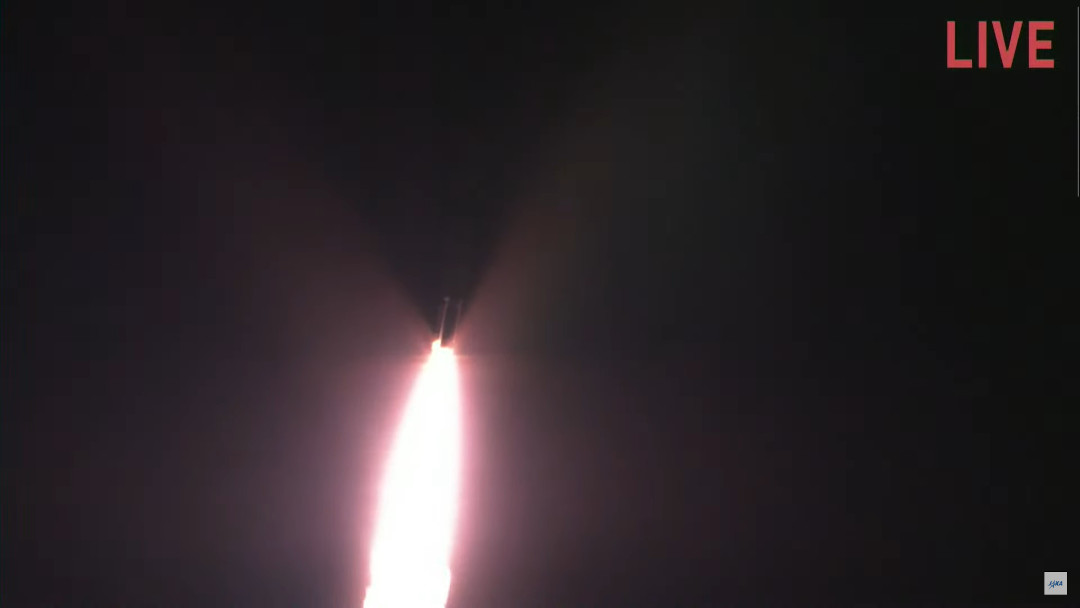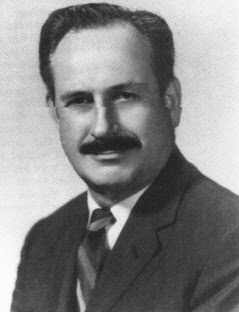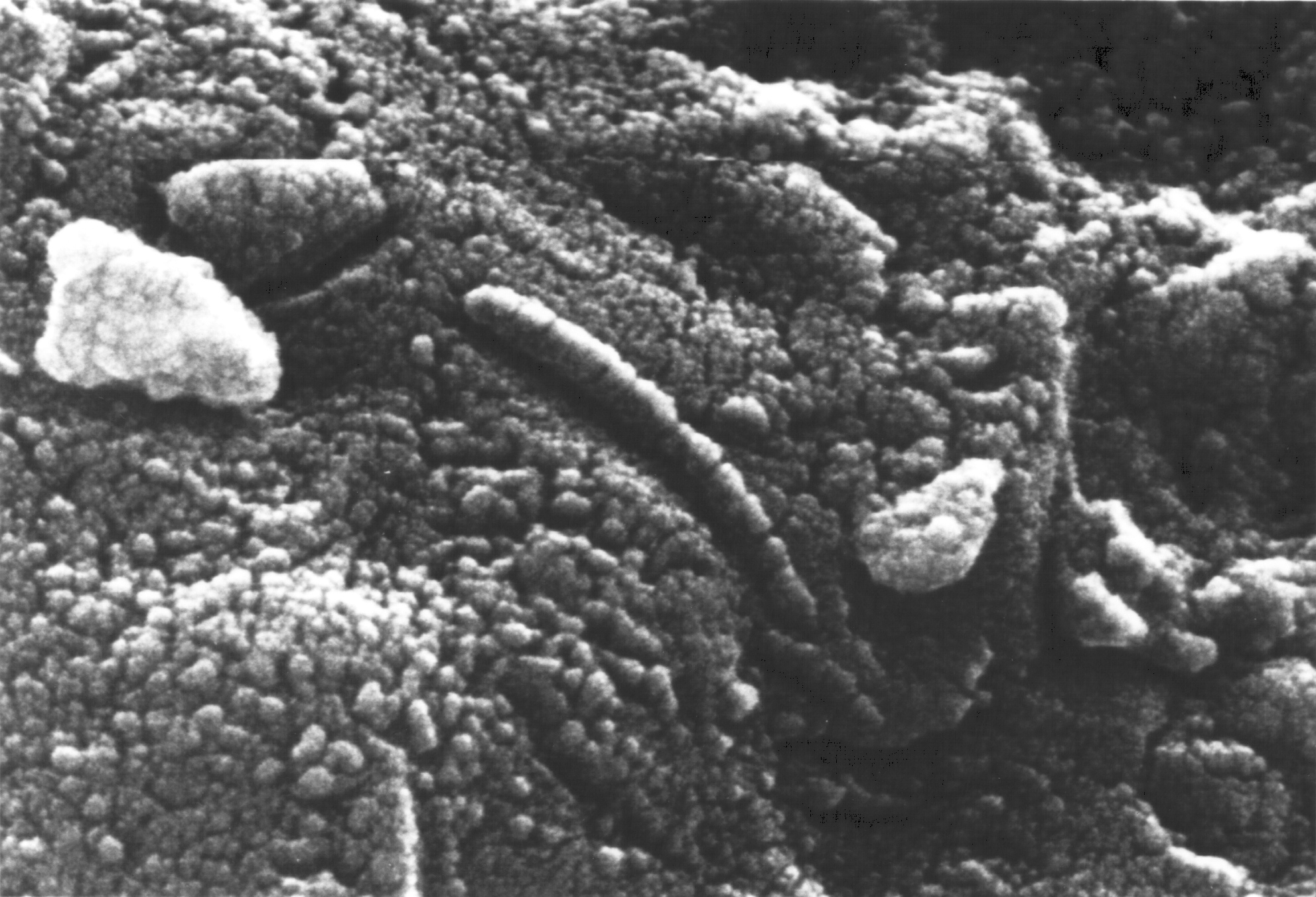Now Reading: Japan’s H-IIA Rocket Completes Final Mission, Launches GOSAT-GW Satellite
-
01
Japan’s H-IIA Rocket Completes Final Mission, Launches GOSAT-GW Satellite
Japan’s H-IIA Rocket Completes Final Mission, Launches GOSAT-GW Satellite


The final flight of Japan’s H-IIA rocket marked a significant milestone in the nation’s space exploration efforts. On Saturday, the H-IIA F-50 rocket soared into the sky, carrying the GOSAT-GW satellite into orbit. This launch took place at precisely 16:33:03 UTC from the Tanegashima Space Center, an iconic site for Japan’s space missions, amidst a 19-minute launch window. Celebrating 24 years of service and achieving an impressive 50 missions, the H-IIA rocket has built a solid legacy for Japan’s ambitions beyond our planet.
The H-IIA rocket series was developed to create a more reasonable investment and versatile launch vehicle, capable of delivering a variety of payloads into different orbits. It represented a significant evolution from Japan’s earlier H-II rocket, which had limitations in terms of cost efficiency. The H-IIA started its journey on August 29, 2001, with its first operational flight occurring just over a year later. This rocket series was designed to cater to both commercial and scientific needs, showcasing Japan’s commitment to advancing its aerospace capabilities.
Throughout its extensive service history, the H-IIA rocket has successfully launched an impressive array of satellites, including reconnaissance satellites, weather satellites, and interplanetary missions. It played an important role in deploying vital technologies that allowed for advancements in Earth observation and resource management. Notable missions included launching Japan’s Hayabusa 2 spacecraft on its mission to the asteroid Ryugu and the Kaguya orbiter, which provided groundbreaking insights into the Moon.
One of the key features of the H-IIA rocket was its adaptability, as it was available in multiple configurations to meet varying launch requirements. For the GOSAT-GW mission, the H-IIA flew in its 202 configuration, using two SRB-A3 solid rocket boosters to enhance its thrust during liftoff. This specific configuration was the most frequently used, highlighting its reliability and proven track record.
The H-IIA’s impressive performance record includes 50 successful missions, making it one of the most reliable launch vehicles in the world. However, its journey was not without challenges. The rocket faced setbacks, including a mishap during its sixth launch, when a solid rocket booster failed to separate properly. Fortunately, this singular issue did not overshadow the overall success of the H-IIA program.
As the final H-IIA rocket ascended, it took with it not just the GOSAT-GW satellite but also the hopes and dreams of many in the scientific community. With a commitment to research and a legacy rooted in innovation, Japan is well-positioned for future endeavors, including the newly developed H3 rocket that aims to push the boundaries even further.
As the sun set on the H-IIA program, its legacy illuminated the path forward for Japan’s space exploration, inspiring future generations to reach for the stars. The final launch served as a reminder of the progress made and the exciting prospects awaiting humanity’s journey into the cosmos.
The GOSAT-GW satellite, standing as a beacon of scientific exploration, embarks on a mission that signifies a new era in environmental monitoring. As the third satellite in the GOSAT series operated by the Japan Aerospace Exploration Agency (JAXA), this sophisticated piece of technology is designed to tackle critical issues related to greenhouse gases and the water cycle. The name GOSAT-GW reflects this evolution, indicating its capability not only to monitor gas emissions but also to serve as a successor to the Global Change Observation Mission – Water (GCOM-W), otherwise known as Shizuku.
Upon entering orbit, GOSAT-GW opened a new chapter under its poetic name, Ibuki, meaning “breath” or “puff” in Japanese. This name carries a profound significance, tying the satellite’s purpose to its mission of monitoring the Earth’s atmosphere and climate, emphasizing the vital relationship between human activity and the natural world. The legacy of Ibuki is now firmly established, following in the footsteps of its predecessors launched in 2009 and 2018, creating a continuous thread of research aimed at understanding and mitigating climate change.
The GOSAT-GW satellite is equipped with a state-of-the-art toolkit designed for comprehensive environmental observation. Two primary instruments, the Advanced Microwave Scanning Radiometer 3 (AMSR-3) and the Total Anthropogenic and Natural Emissions Mapping Spectrometer 3 (TANSO-3), work in tandem to gather vital data, empowering scientists with the tools necessary to decode the complexities of Earth’s water cycle and greenhouse gas emissions.
- AMSR-3: This advanced microwave radiometer operates across eight spectral frequencies and utilizes 21 channels to capture data on various hydrological phenomena. Its all-weather observability especially important, allowing for the continuous monitoring of key metrics such as soil moisture levels, snow depth, sea surface temperatures, and atmospheric water vapor content. By analyzing the emitted microwave signals, AMSR-3 will contribute significantly to our understanding of Earth’s diverse water cycle and its implications for global climate.
- TANSO-3: This spectrometer represents a leap forward in our ability to assess greenhouse gas concentrations. Using diffraction grating spectrometry, TANSO-3 can precisely measure atmospheric levels of carbon dioxide, methane, and nitrogen dioxide. Its dual observation modes allow for both wide-area monitoring of up to 911 km with a resolution of 10 km, and an increased precision mode with a resolution that can reach as low as one kilometer. This capability is pivotal for tracking human-induced emissions and understanding their geographical distributions.
With these advanced instruments, GOSAT-GW is poised to not only monitor the monthly averages of carbon dioxide but also to identify major sources of greenhouse gases across the globe. The comprehensive data collected will serve as an invaluable resource for policymakers and scientists alike as they strategize on how best to address climate change. As the world grapples with increasing environmental challenges, satellites like GOSAT-GW underline the critical role of space technology in fostering sustainable practices and informed decision-making.
The operational life of GOSAT-GW is expected to extend for at least seven years as it orbits at a Sun-synchronous altitude of 666 km. This orbit ensures that the satellite will have consistent lighting conditions for its observations, allowing for reliable and repeatable data collection. The continuity of data is vital, particularly as it will bridge the operational gap between the aging AMSR-2 and the new AMSR-3, ensuring that monitoring of Earth’s environmental conditions remains uninterrupted.
As Japan takes this significant leap in environmental research, the GOSAT-GW program also represents a broader commitment to global cooperation in tackling climate issues. The data generated from this mission will not only benefit Japan but will also be shared with international scientific communities, spurring collaborative efforts to combat climate change. The thread of interconnectedness among nations in facing environmental challenges is strengthened through such initiatives, and GOSAT-GW’s mission exemplifies this spirit.
This launch heralds a new dawn within the scope of environmental science, showcasing not only Japan’s aerospace capabilities but also its dedication to understanding and protecting our planet. With each revolution around the Earth, GOSAT-GW will gather insights that illuminate our understanding of the delicate balance between human activities and the natural world, reminding us that the breath of the Earth is something we must safeguard for generations to come.
Stay Informed With the Latest & Most Important News
Previous Post
Next Post
-
 012024 in Review: Highlights from NASA in Silicon Valley
012024 in Review: Highlights from NASA in Silicon Valley -
 02Panasonic Leica Summilux DG 15mm f/1.7 ASPH review
02Panasonic Leica Summilux DG 15mm f/1.7 ASPH review -
 03How New NASA, India Earth Satellite NISAR Will See Earth
03How New NASA, India Earth Satellite NISAR Will See Earth -
 04And Thus Begins A New Year For Life On Earth
04And Thus Begins A New Year For Life On Earth -
 05Astronomy Activation Ambassadors: A New Era
05Astronomy Activation Ambassadors: A New Era -
06SpaceX launch surge helps set new global launch record in 2024
-
 07From Polymerization-Enabled Folding and Assembly to Chemical Evolution: Key Processes for Emergence of Functional Polymers in the Origin of Life
07From Polymerization-Enabled Folding and Assembly to Chemical Evolution: Key Processes for Emergence of Functional Polymers in the Origin of Life




















